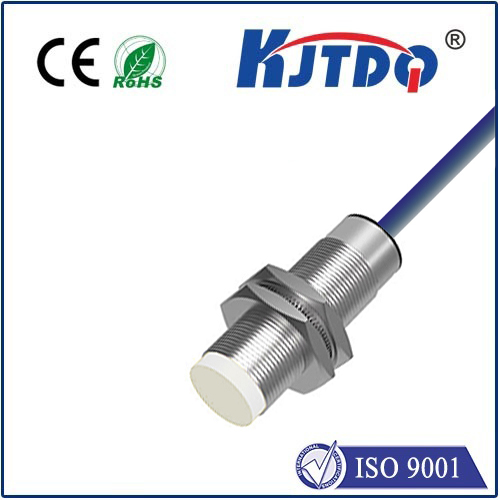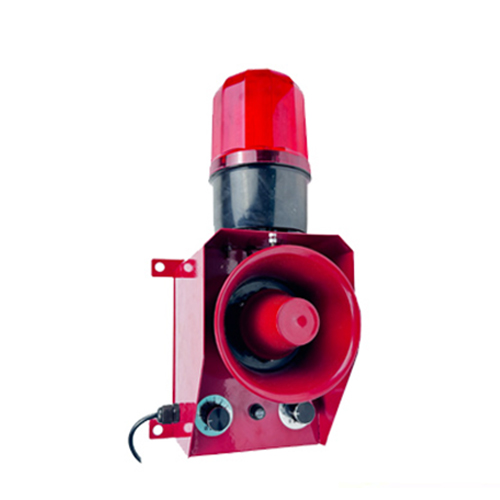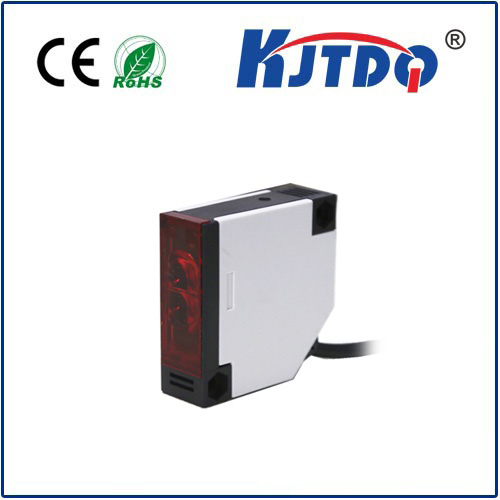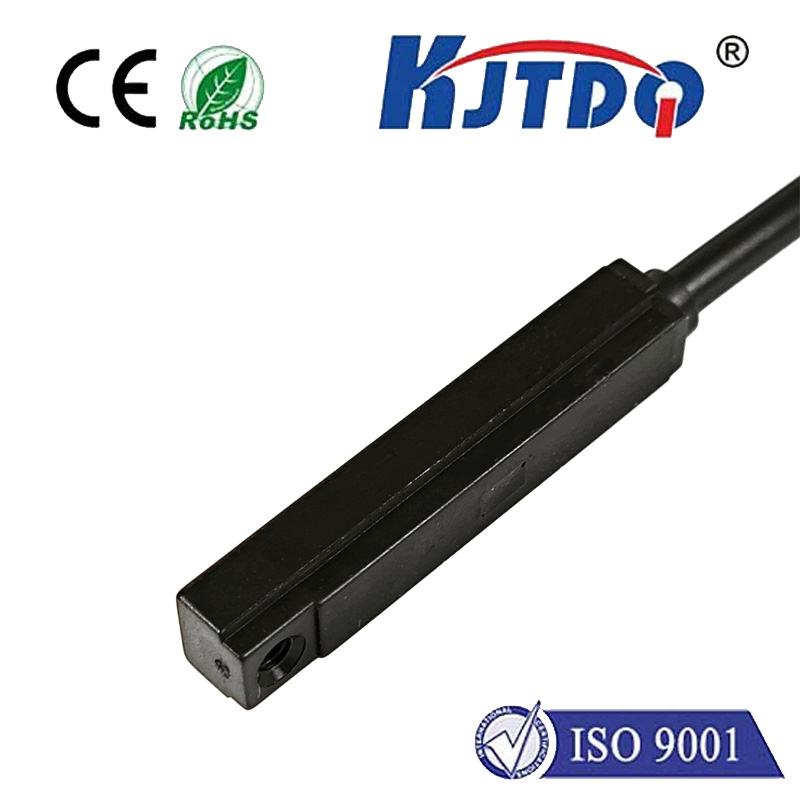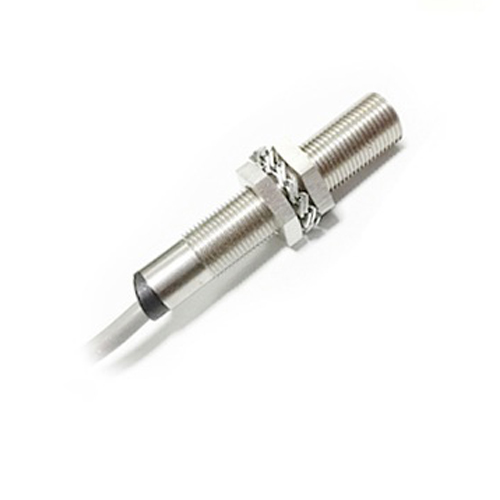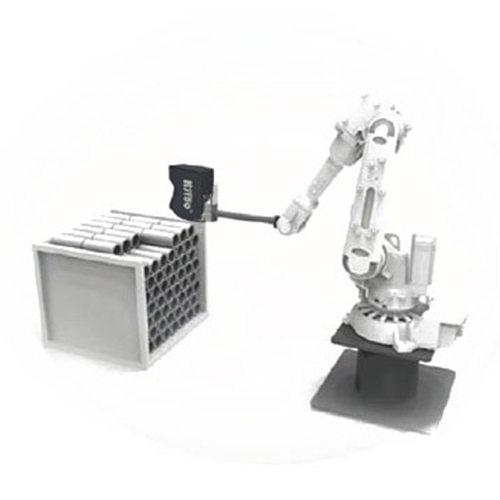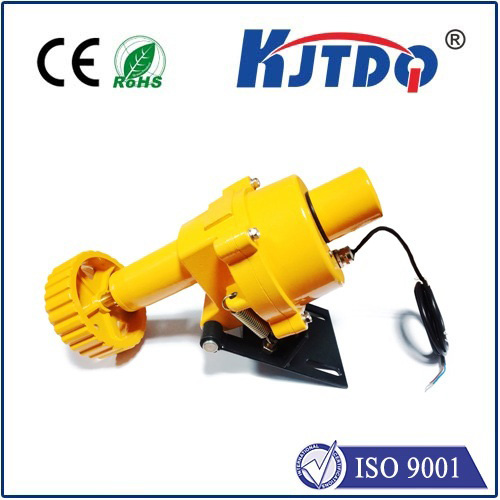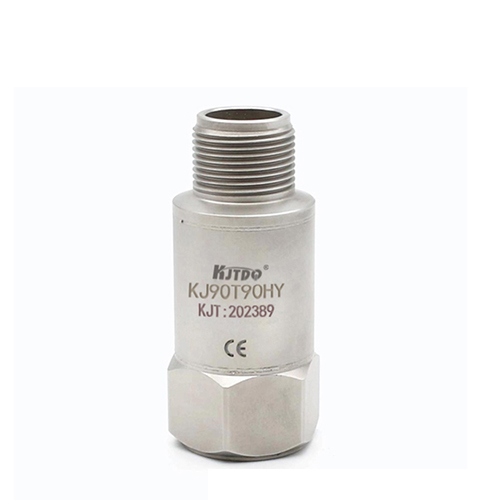

check

check

check

check
Imagine a world where industrial machines operate without fail, stopping precisely at the right angle to prevent chaos—whether it’s a robotic arm assembling car parts or a conveyor belt halting mid-rotation. This isn’t science fiction; it’s the everyday reality powered by rotating limit switches. These unsung heroes of automation transform complex motions into reliable signals, ensuring safety and efficiency in countless applications. As industries evolve towards smarter factories, understanding these devices becomes vital for anyone involved in engineering or maintenance. This article delves into their mechanics, diverse uses, and why they remain indispensable in the push for industrial innovation.
At its core, a rotating limit switch is a type of position sensor designed to detect angular movement and trigger an action when a rotating component reaches a preset limit. Unlike standard linear switches, it integrates a rotating element—such as a cam or shaft—that, when turned to a specific angle, activates a microswitch to send a signal. This simple yet ingenious mechanism empowers precise control, reducing the need for manual oversight in high-risk environments. For instance, in wind turbines, a rotating limit switch might cut power if blades exceed safe rotation angles, preventing catastrophic failures. Their durability stems from robust construction, often using stainless steel housings to withstand harsh conditions like extreme temperatures or corrosive substances. This reliability makes them a cornerstone of industrial automation, where even minor errors can lead to costly downtime.

The applications of rotating limit switches span a wide array of industries, showcasing their versatility. In manufacturing, they are crucial for assembly lines, where they monitor conveyor belt rotations to halt systems if an item jams, safeguarding both products and workers. Similarly, in robotics, these switches provide feedback on arm movements, enabling machines to operate within safe parameters without constant human intervention. For example, in automotive plants, they ensure robotic welders only activate when components are perfectly aligned, boosting productivity while minimizing accidents. Beyond factories, rotating limit switches play a key role in renewable energy sectors; solar trackers use them to adjust panel angles based on the sun’s path, maximizing energy capture. This broad utility underscores their integration into position sensor systems, where they complement digital technologies without overwhelming complexity.
Why do engineers consistently favor rotating limit switches over alternatives? Their advantages lie in precision, simplicity, and cost-effectiveness. Compared to electronic sensors, these mechanical devices offer unmatched reliability—they function without power in emergencies and have fewer failure points, making them ideal for critical safety functions. Additionally, their design allows for easy adjustability; operators can modify limit angles on the fly using calibration knobs, eliminating downtime for reprogramming. This adaptability is particularly valuable in dynamic settings, such as maritime cranes, where waves might cause unpredictable rotations. Moreover, rotating limit switches excel in noisy industrial environments where electrical interference could disrupt digital alternatives. By providing fail-safe operation, they ensure machinery safety remains uncompromised, a key reason why industries like logistics and oil refining prioritize them for compliance with global standards like ISO 13849.
When selecting and maintaining rotating limit switches, practical considerations are paramount. Proper installation involves mounting them securely near rotating components—such as motor shafts or valves—to avoid misalignment that could trigger false signals. Regular maintenance includes inspecting for wear on rotating parts and cleaning contacts to prevent buildup, which ensures long-term accuracy. For optimal performance, pairing them with modern control systems enhances their utility; for instance, integrating rotating limit switches with IoT networks allows real-time monitoring of rotation data, flagging potential issues before they escalate. This synergy with digital tools highlights their evolving role in Industry 4.0, where they serve as a bridge between mechanical reliability and smart analytics.
Looking ahead, the future of rotating limit switches is intertwined with advances in automation. As factories adopt AI and data-driven systems, these devices are becoming smarter—incorporating wireless communication for remote diagnostics and adapting to variable-speed rotations in complex machinery. Yet, their core appeal endures: they provide a fail-proof solution in an era obsessed with efficiency. By embracing innovations while retaining their mechanical essence, rotating limit switches will continue to drive progress, making our industrial world safer and more productive every day.
